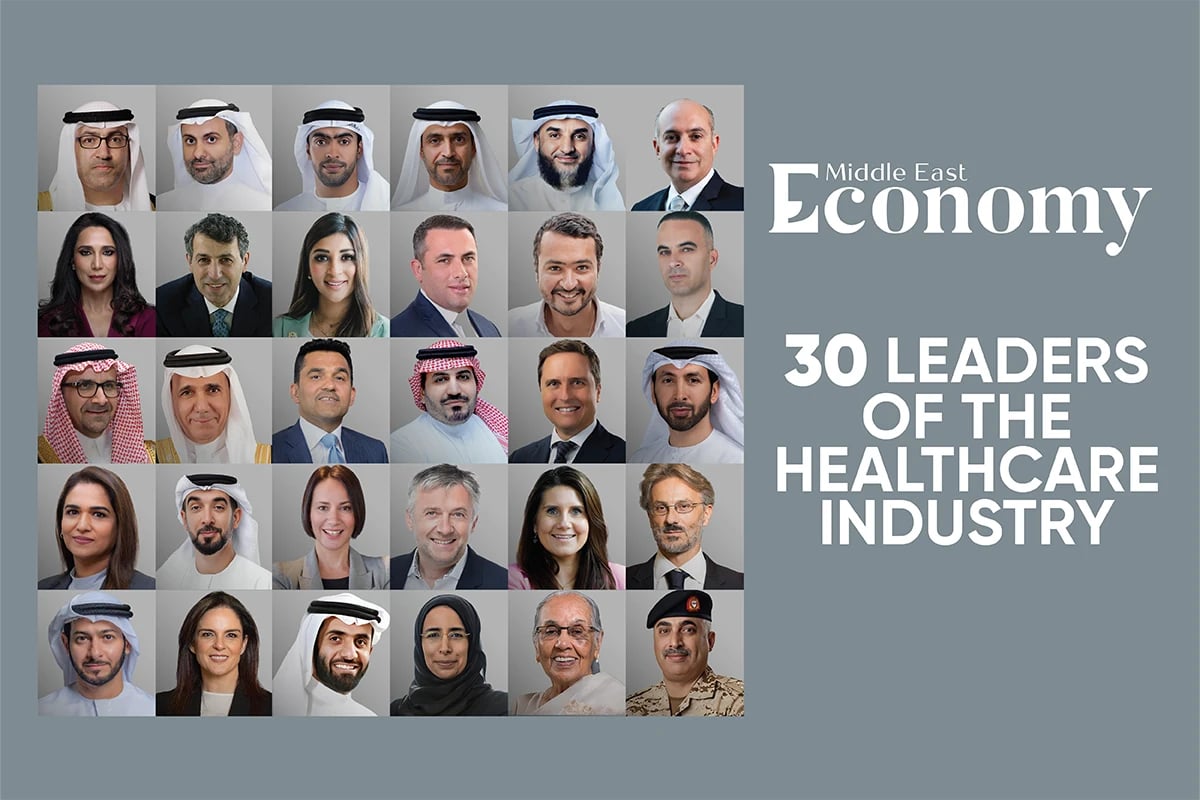The healthcare industry in the region is at a crossroads. It faces several critical challenges and opportunities, each of which could significantly reshape its future. Among these are:
– Healthcare costs continue to climb, putting pressure on governments, insurers, and individuals. The aging population, which increases demand for healthcare services, exacerbates the situation.
– Innovations such as telemedicine, artificial intelligence (AI), and personalized medicine are transforming how care is delivered. It involves not only financial investment but also addressing issues related to regulation, data privacy, and patient acceptance.
– There are still significant disparities in access to healthcare, both within and between countries in the Middle East. These disparities can result in poorer health outcomes for vulnerable populations. Addressing this equity gap is a major concern for policymakers and healthcare providers.
– The industry is grappling with how to incentivize better care, reduce unnecessary treatments, and improve patient outcomes while still maintaining financial sustainability.
– Healthcare workers are under immense pressure, with many experiencing burnout due to long hours, emotional strain, and high-stakes work environments. At the same time, there is a shortage of healthcare professionals in certain countries in the region, creating a strain on the system.
– Government policies, such as changes to insurance programs or the introduction of new regulations, are always in flux. These changes can create uncertainty for providers, payers, and patients, making it difficult to plan for the future.
– Patients are becoming more informed and active in managing their own health, often empowered by access to information through the internet and wearable devices. This is changing the dynamic between patients and providers, as well as raising questions about privacy, data ownership, and the role of technology in healthcare.
But there is a silver lining. As one of the fastest-rising industries in the world including in the MENA region, governments are making sure that healthcare takes center stage by investing billions, adopting innovation, and creating partnerships to keep up with demand. As a result, key industry players are solidifying their presence in the region to capitalize on this transformation.
Saudi Arabia will need between 29,000 to 47,000 additional hospital beds by 2030 to support its growing population, requiring further investment of $16.2 billion to $26.3 billion, mostly from the private sector, a research from Colliers International said.
Colliers International Healthcare Analysis reported that healthcare spending in the UAE is projected to reach $2.4 billion this year and $3.6 billion by 2030. And a report from Alpen Capital noted that Dubai alone will require an additional 8,300 physicians and 8,800 nurses by 2025.
With just these figures, the healthcare industry is sure to continue its upward trajectory and remain a pivotal sector for the region.
In this special issue, we take a look at some of the key players who are transforming the healthcare sector.
The experts are presented in alphabetical order.
For more lists, click here.




























































